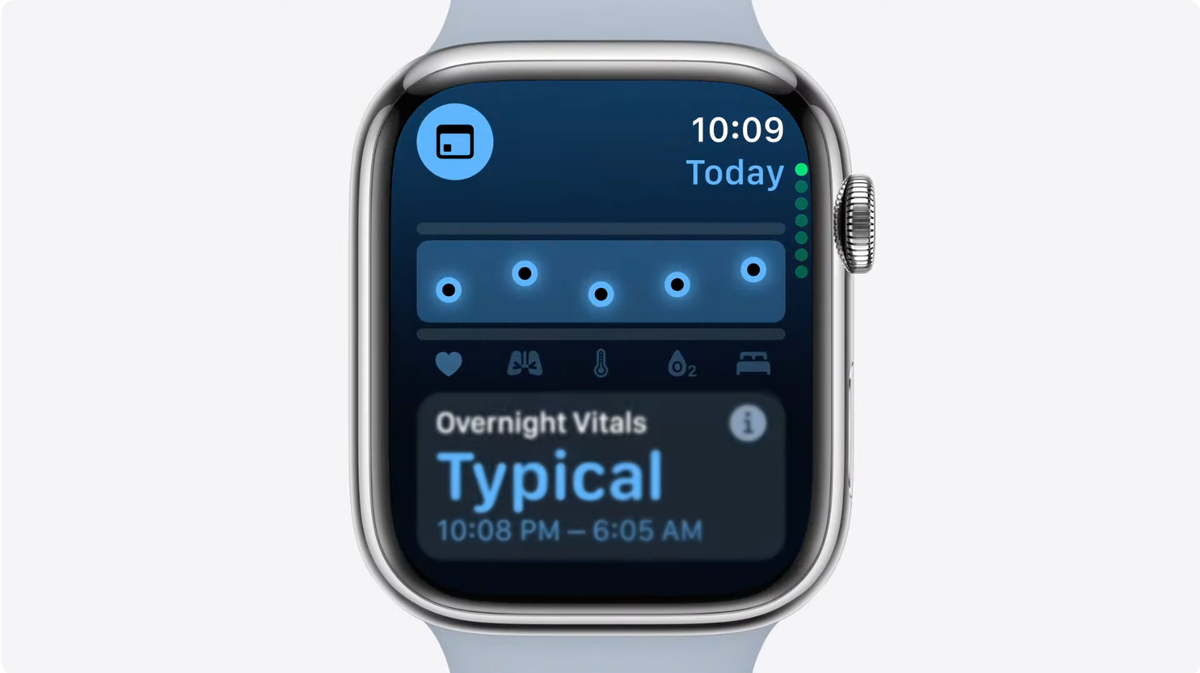- 7 Posts
- 98 Comments

 1·17 days ago
1·17 days agoMatrix would probably be one of the better options, but xmpp is a pretty good choice as well.

 8·1 month ago
8·1 month agoIf I had to guess, never having used it myself, is that it has a decent UI that simplifies sometimes complicated operations and it has been around seemingly forever.

 18·2 months ago
18·2 months agoOf course they did.
Text editors are a really personal choice and there are a million different ones. I use either Kate or Micro. Both are great for my use.

 1·2 months ago
1·2 months agoDepends on the application. My NAS is bare metal. That box does exactly one thing and one thing only, and it’s something that is trivial to setup and maintain.
Nextcloud is running in docker (AIO image) on bare metal (Proxmox OS) to balance performance with ease of maintenance. Backups go to the NAS.
Everything else is running on in a VM which makes backups and restores simpler for me.
There are things I can deal with and there are things I can not. I’m not about to waste precious resources worrying about things I can’t affect. I do my part when opportunity presents, but winter is coming, and Me and Mine are not yet prepared.
If you think you can change what is coming, then by all means, but I’ve got more pressing concerns at present.

 71·3 months ago
71·3 months agoThat’s fine. My filters will just continue sending them to /dev/null.

 19·4 months ago
19·4 months agoI use Forgejo for my private git repos but in all honesty, it’s massive overkill for my needs.

 532·5 months ago
532·5 months agoSo… It’s a password book? Like, pen and paper?Not the best choice for storing passwords, but I’d be more willing to do that than trusting Amazon not to hold my passwords hostage with a digital service by them.

 6·5 months ago
6·5 months agoI have 6 domain renewal notices sitting in my Spam folder now.
Another recent one has been notices supposedly from my email provider saying it’s time to renew. That one almost got me.
I really wish GPG signing of emails had actually taken off. Would have solved this type of problem completely.

 41·5 months ago
41·5 months agoGee! Who could have predicted that! /s
Personally, Iranians hacking a bunch of computer systems are probably the least of our worries now. Jim Salter posted an image that makes a good analogy. https://fosstodon.org/@jimsalter/114730060651034011
Nowadays, Apple is only really big for digital music if you are (or were) already really deep in their ecosystem. Not sure I’ve heard of any devices that play nice with their DRM in a while and last I had looked (admittedly many years ago) they did not have a compatible app for Android.
Apple music was bigger back 15 or 20 years ago for digital downloads due in large part to the iPod, though I occasionally hear of some odd band or another that only releases their stuff on iTunes.
And since this is a linux community, as a heads up, iTunes is only marginally functional, last I heard, in linux. Apparently it can’t detect connected devices. You’ll probably need a Windows or Mac system to run iTunes if you want to go that route.
For CDs, Amazon, ebay, or discogs. Digital music I usually get from the artist’s webstore if possible, otherwise I’ll buy it from Amazon or BandCamp.
One heads up, Buying and downloading digital music from Amazon is a pain in the butt if you have an Amazon Music subscription. Easy and straightforward though without.
Apple music is also possible but you have to burn the tracks to CD using itunes to move it out of Apple’s ecosystem.
I also hear good things about Tidal but I’ve never used them.

 3·6 months ago
3·6 months agoMicro or Kate. My needs are simple. Occasionally if I need something more capable, I’ll use VScode

 11·6 months ago
11·6 months agoIsn’t that basically SyncThing? I thought it was BitTorrent under the hood.

 10·6 months ago
10·6 months agoI tend to change volumes to bind mounts. Makes it easier to backup or move the service.
Might want to avoid using relative paths with bind mounts and declare the full path. It has caused me headaches before.

 201·6 months ago
201·6 months agoSomehow I don’t believe them.

 4·6 months ago
4·6 months agoI use a text editor called micro for most writing tasks. It’s simple enough that it doesn’t distract me, but flexible enough that I can use it for most things. Creative writing, code, notes all the same application.
Before I heard of micro, I was just using nano. Same thing, different key bindings. Though until recently I didn’t know it could be setup to show line numbers. Which is why I liked micro when I found it.

 4·7 months ago
4·7 months agoThank you for your contributions!



Might want to take another look at Jellyfin. My experience has been that as long as the video file s are at least somewhat reasonably named and organized, Jellyfin has no problems identifying a file and looking up its metadata.